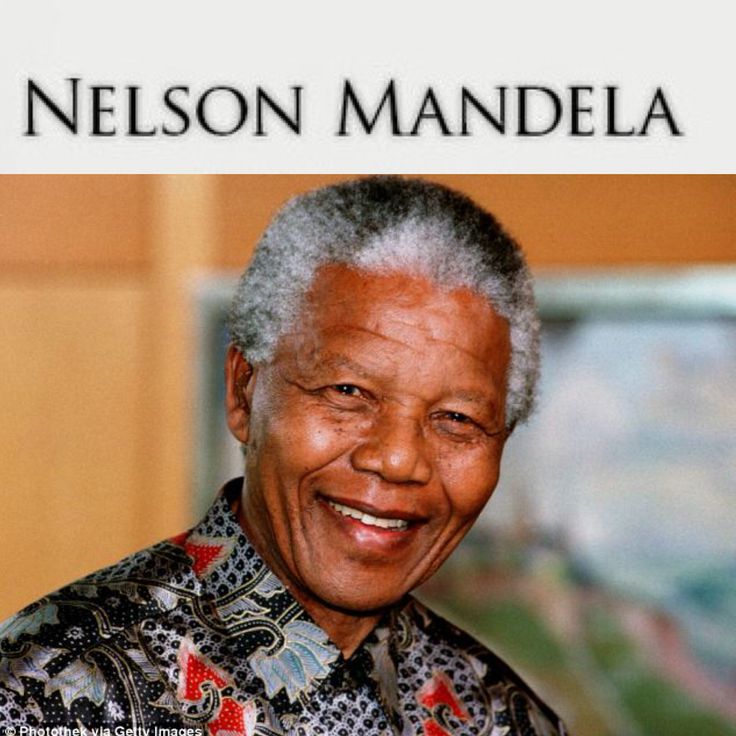Mandela
Childhood: 1918–34
Mandela childhood histrory.Mandela was born on 18 July 1918 in the village of Mvezo in Umtata, then part of South Africa's Cape Province Given the forename Rolihlahla, a Xhosa term colloquially meaning "troublemaker" in later years he became known by his clan name, Madiba.His patrilineal great-grandfather, Ngubengcuka, was king of the Thembu people in the Transkeian Territories of South Africa's modern Eastern Cape province.[5] One of Ngubengcuka's sons, named Mandela, was Nelson's grandfather and the source of his surname. Because Mandela was the king's child by a wife of the Ixhiba clan, a so-called "Left-Hand House", the descendants of his cadet branch of the royal family were morganatic, ineligible to inherit the throne but recognised as hereditary royal councillors.
Clarkebury, Healdtown, and Fort Hare: 1934–40
Photograph of Mandela, taken in Umtata in 1937
Intending to gain skills needed to become a privy councillor for the Thembu royal house, in 1933 Mandela began his secondary education at Clarkebury Methodist High School in Engcobo, a Western-style institution that was the largest school for black Africans in Thembuland Made to socialise with other students on an equal basis, he claimed that he lost his "stuck up" attitude, becoming best friends with a girl for the first time; he began playing sports and developed his lifelong love of gardening.He completed his Junior Certificate in two years, and in 1937 moved to Healdtown, the Methodist college in Fort Beaufort attended by most Thembu royalty, including Justice.The headmaster emphasised the superiority of English culture and government, but Mandela became increasingly interested in native African culture, making his first non-Xhosa friend, a speaker of Sotho, and coming under the influence of one of his favourite teachers, a Xhosa who broke taboo by marrying a Sotho.
and in 1937 moved to Healdtown, the Methodist college in Fort Beaufort attended by most Thembu royalty, including Justice.The headmaster emphasised the superiority of English culture and government, but Mandela became increasingly interested in native African culture, making his first non-Xhosa friend, a speaker of Sotho, and coming under the influence of one of his favourite teachers, a Xhosa who broke taboo by marrying a Sotho.